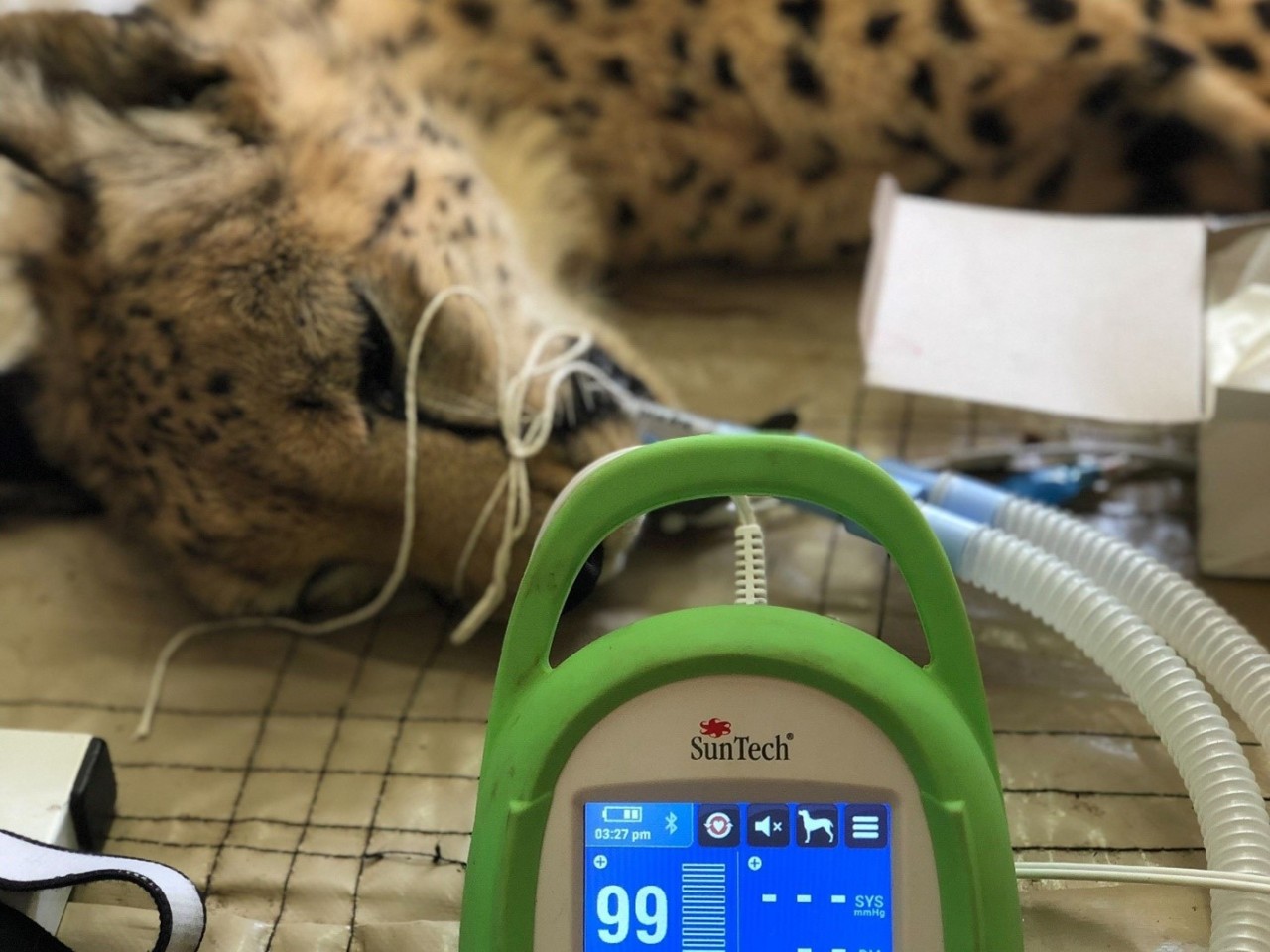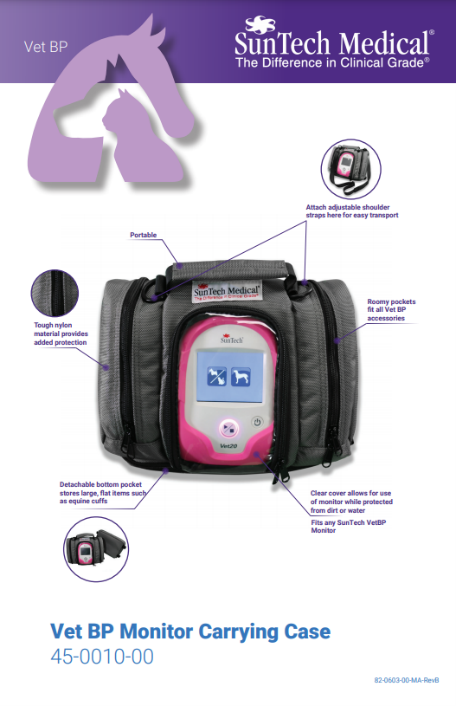![]()
Blog @ SunTech
Advice from the BP Measurement Experts
Hypertension Diagnosis: Be confident and save money with an ABPM Study
 Hypertension is a prevalent condition globally and is quickly becoming a focus in the U.K., with particular emphasis on how to best diagnose the condition. In August, a study comparing blood pressure (BP) measurement methods, which was funded by the U.K.’s National Institute for Health and Clinical Excellence (NICE), was published on the same day that NICE announced the release of its new guidelines for hypertension management in adults.
Hypertension is a prevalent condition globally and is quickly becoming a focus in the U.K., with particular emphasis on how to best diagnose the condition. In August, a study comparing blood pressure (BP) measurement methods, which was funded by the U.K.’s National Institute for Health and Clinical Excellence (NICE), was published on the same day that NICE announced the release of its new guidelines for hypertension management in adults.
In the study, Cost-effectiveness of options for the diagnosis of high blood pressure in primary care: a modelling study, the research found that “ambulatory monitoring is cost effective compared with further monitoring in the clinic or home for confirming the diagnosis of hypertension” for all age and gender groups considered. Specifically, ABPM provided cost savings ranging from £56 in men aged 75 years to £323 in women aged 40 years (Equivalent to $89 and $511 respectively). Additionally, it was determined that ambulatory blood pressure monitoring (ABPM) “resulted in improved health outcomes for male and female age groups older than 50.”
ABPM provided cost savings ranging from £56 in men aged 75 years to £323 in women aged 40 years So how is ABPM able to accomplish both improved cost savings as well as improved heath for patients? It appears that both of these results are related to the misdiagnosis of hypertension and the related unnecessary treatment. ABPM allows clinicians to monitor patients over a 24-hour period to obtain a clear picture of how their blood pressure varies during a typical day. As a result they are better able to determine if the patient is truly hypertensive, and if so, the best course of treatment. Proper treatment ultimately leads to cost savings and improved health for patients.
The effect of these findings has been an update to NICE guidelines which recommend the use of ABPM to confirm a diagnosis of hypertension when a patient has a clinic BP of 140/90 mmH or above. The new guidelines also include:
- Specific details on the number of readings needed and how to analyze the data obtained during an ambulatory or home study to confirm diagnosis of hypertension.
- Recommendations on initiating and monitoring antihypertensive drug treatment.
- Additional guidance on BP measurement, diagnosing hypertension and initiating and monitoring antihypertensive drug treatment.
It remains to be seen if the U.K.’s National Health Service will implement the new NICE guidelines, but it is clear that ABPM continues to be viewed as the leading tool for accurate hypertension diagnosis.
Referenced materials:
- News release on The Lancet publication and NICE guidelines:
http://www.medpagetoday.com/Cardiology/Hypertension/28175 - Abstract for The Lancet Article:
http://www.thelancet.com/journals/lancet/article/PIIS0140-6736(11)61184-7/abstract - NICE Guidelines:
http://www.nice.org.uk/guidance/CG127
Interested in getting more SunTech news, product info, as well as
tips, tricks, and insights from BP experts?
Sign up to get fresh content delivered direct to your inbox.



